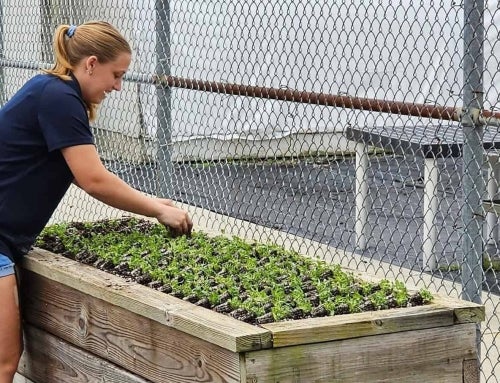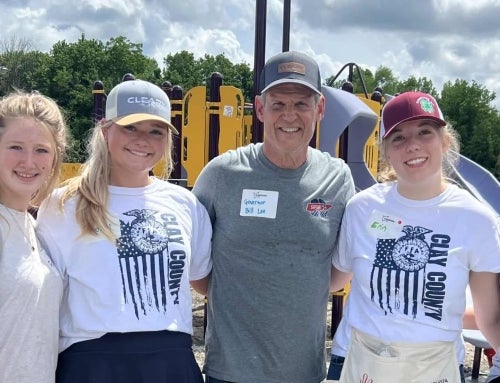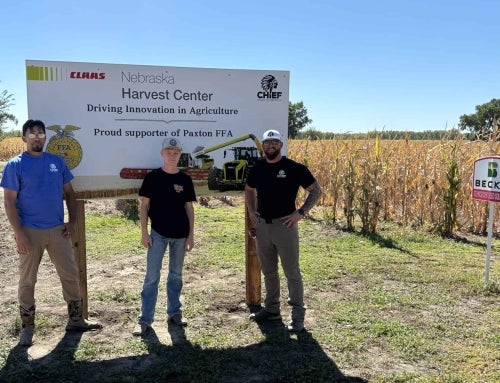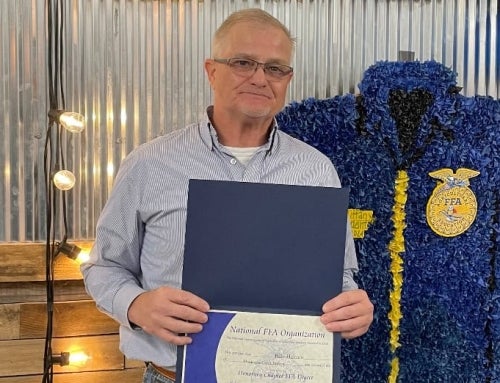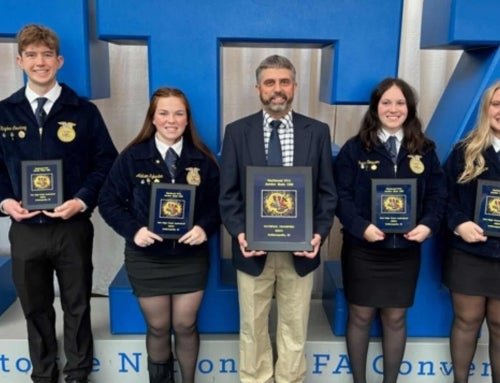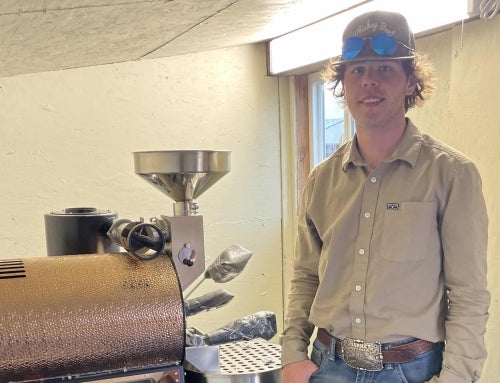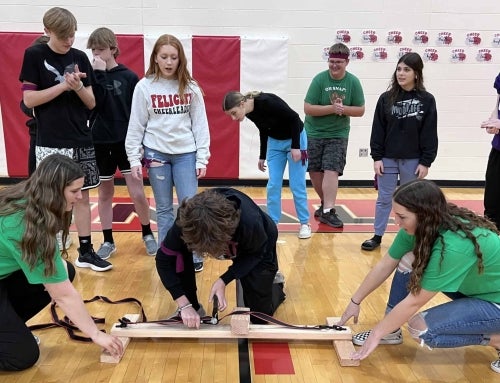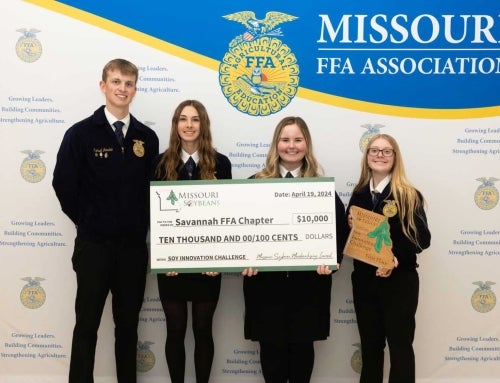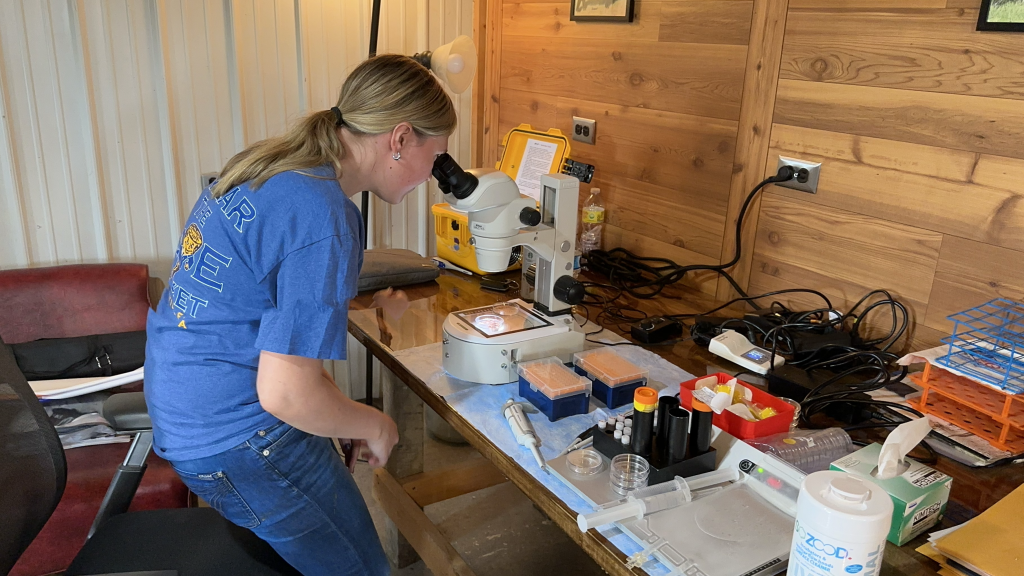
If you’re looking for a way to combat the wintertime blues and stretch your thinking this year, consider starting an FFA agriscience project. With a world as vast as ours, the possibilities available for you to study and explore are endless.
Take the 2024 National FFA American Star in Agriscience and Taylorville FFA Alumna Lizzie Schafer from Illinois, for example. Her older brother’s FFA research, along with her mom’s role as an FFA advisor, ignited her passion for research.
Schafer tackled her first project in eighth grade with research on the Five-Second Rule, which implies that food is safe to eat if you pick it up within five seconds of dropping it on a surface. Through this project, Schafer discovered she loved the research process.
Drawing inspiration from her family’s Angus operation, she shifted her focus to beef cattle reproduction. She conducted five projects throughout high school that built on results from her previous research.
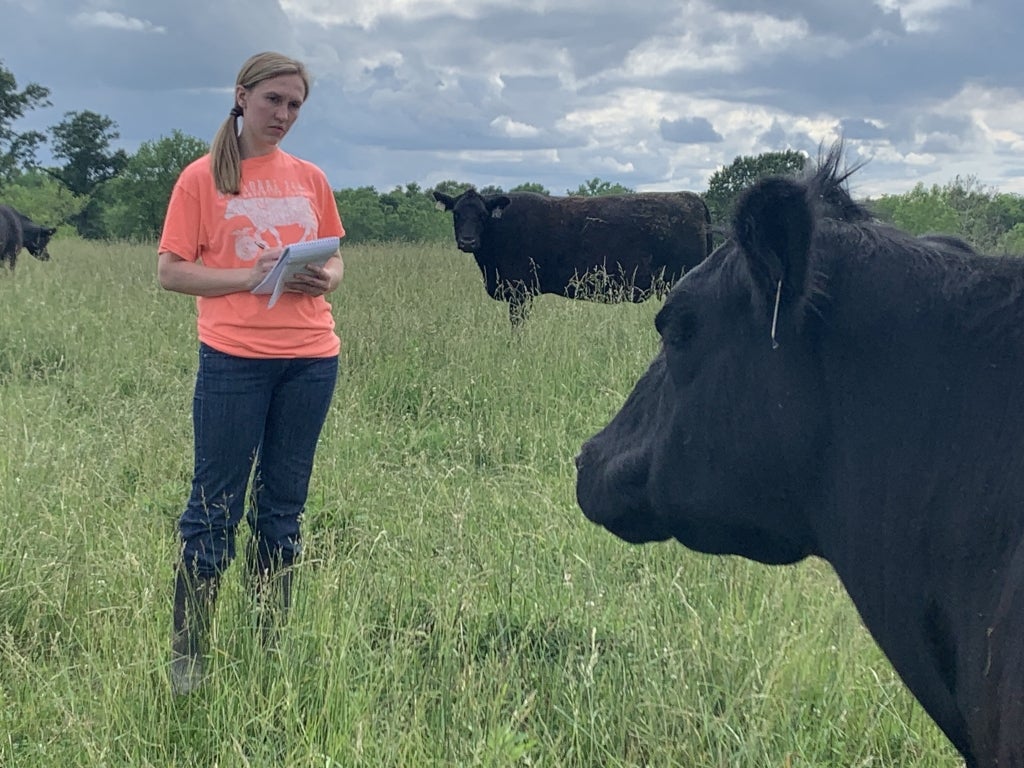
The 2024 American Star in Agriscience Lizzie Schafer’s background in beef production inspired many of her FFA research projects.
If you’re preparing to start or expand an agriscience project of your own this year, follow these seven tips from Schafer to help take your research to the next level.
1. Start small.
Although it can be tempting to want to make a grand discovery, it’s usually best to start with a topic that’s both fun and manageable. After all, you can always learn from your successes and mistakes to expand your study in the future (see Tip 5).
2. Start early.
Before diving into your research headfirst, it’s helpful to do some preparation. Start brainstorming ideas sooner, rather than later, and you may find it helpful to share your ideas with an advisor, classmate, friend, parent or guardian.
3. Seek insight from industry experts.
Collaborating with others can help you determine what effects your research could have, as well as why it may be important or beneficial. For her projects, Schafer talked with embryologists and veterinarians to learn what research could make an impact in agriculture.
4. Grow your network.
As Schafer’s research advanced, she needed expert help calculating data such as probability values, a statistical component of high-level research. Thankfully, her previous outreach to university researchers and professors provided a network of experts who could help.
5. Leave room to grow.
For one of her projects, Schafer started by using controlled internal drug release (CIDRs) in recipient cattle. The results allowed her to design more advanced projects using higher-level test groups, which demonstrated growth and learning throughout the process.
6. Communicate your results.
One of the fun parts of research is sharing your findings with others. In addition to gaining valuable feedback, you may find additional opportunities and research outlets.
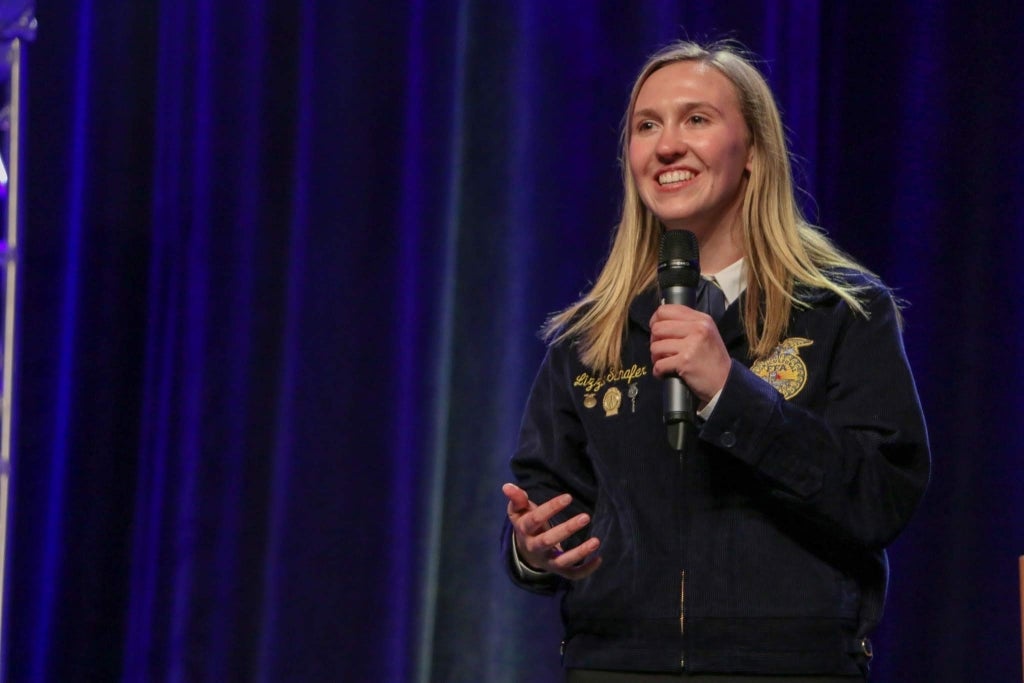
One of the many fun things about conducting research is telling other people about your FFA experiences and findings.
7. Never give up.
Research can take unexpected turns, and you may experience challenges (including unanticipated outcomes) along the way. Schafer says that despite the struggles, stick with it and ask for help when necessary.
Showcase Your Findings
Whether you’re a beginning or advanced researcher, an agriscience project is a great option for your Supervised Agricultural Experience. You can showcase your work and compete for a spot in the National FFA Agriscience Fair, and after multiple years on a research project or doing multiple research projects, you can compete for an Agriscience Research Proficiency Award.


